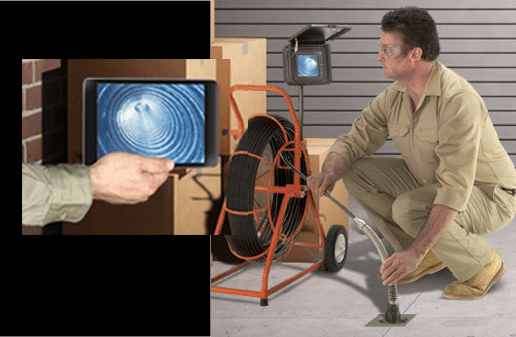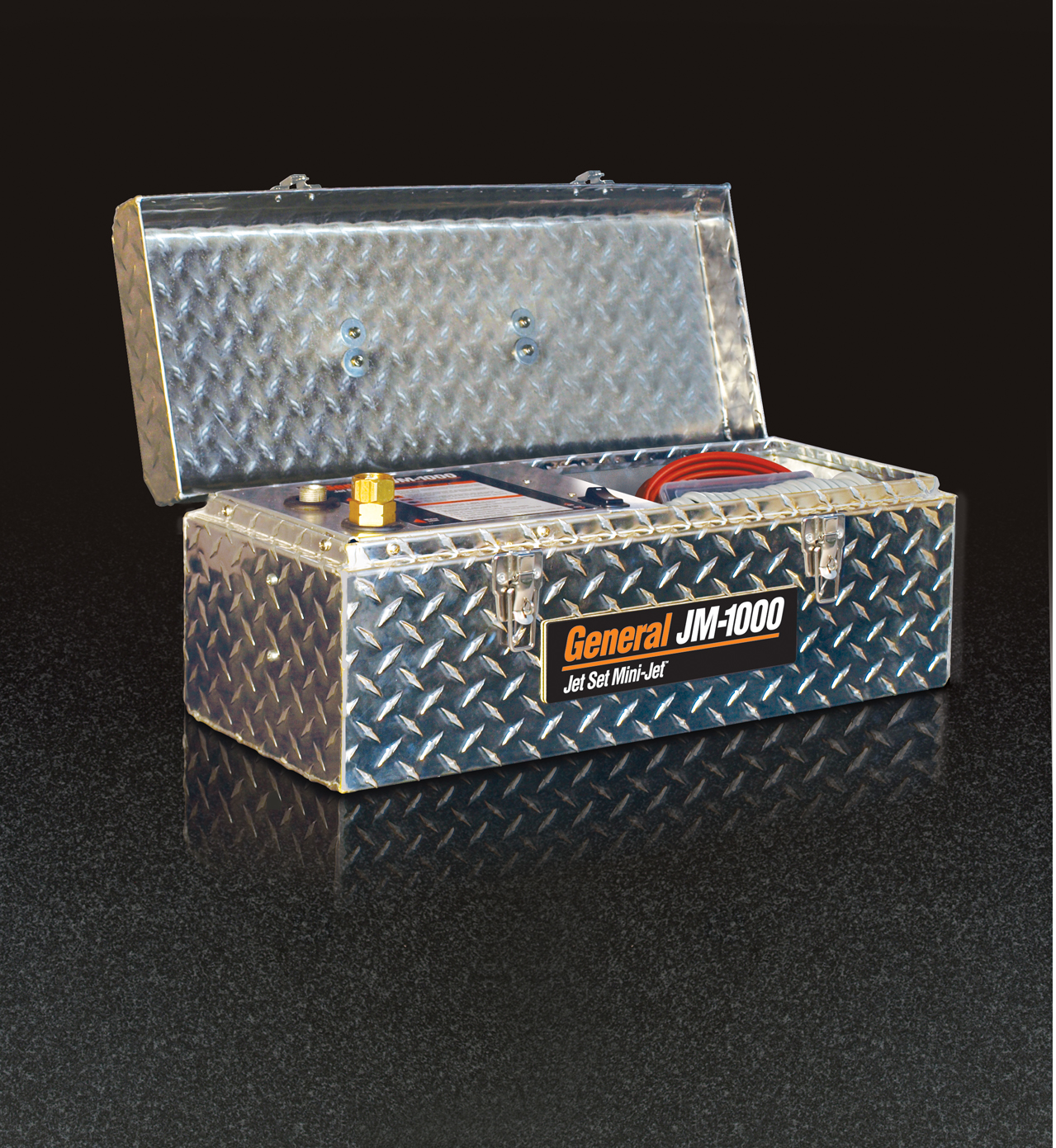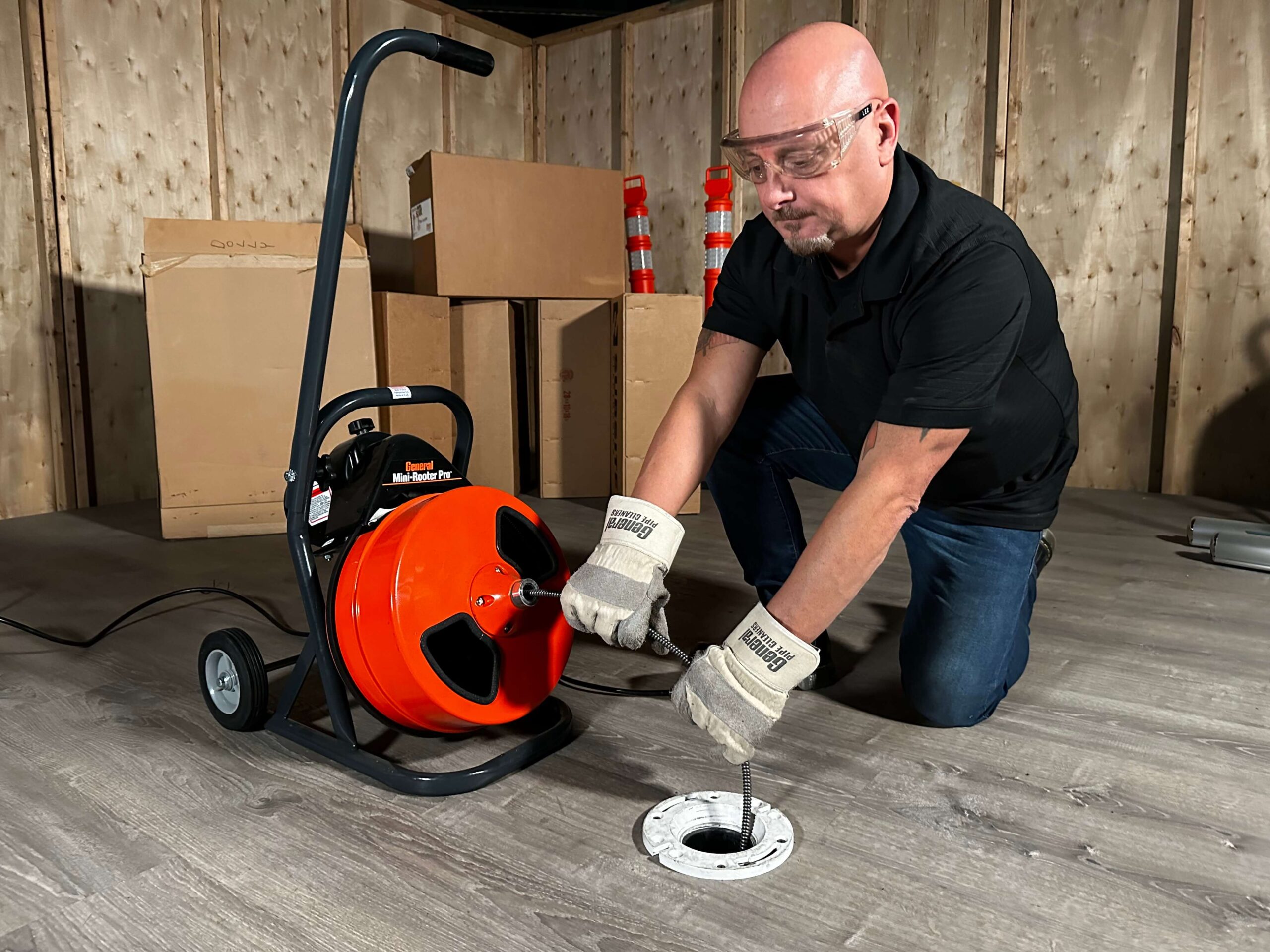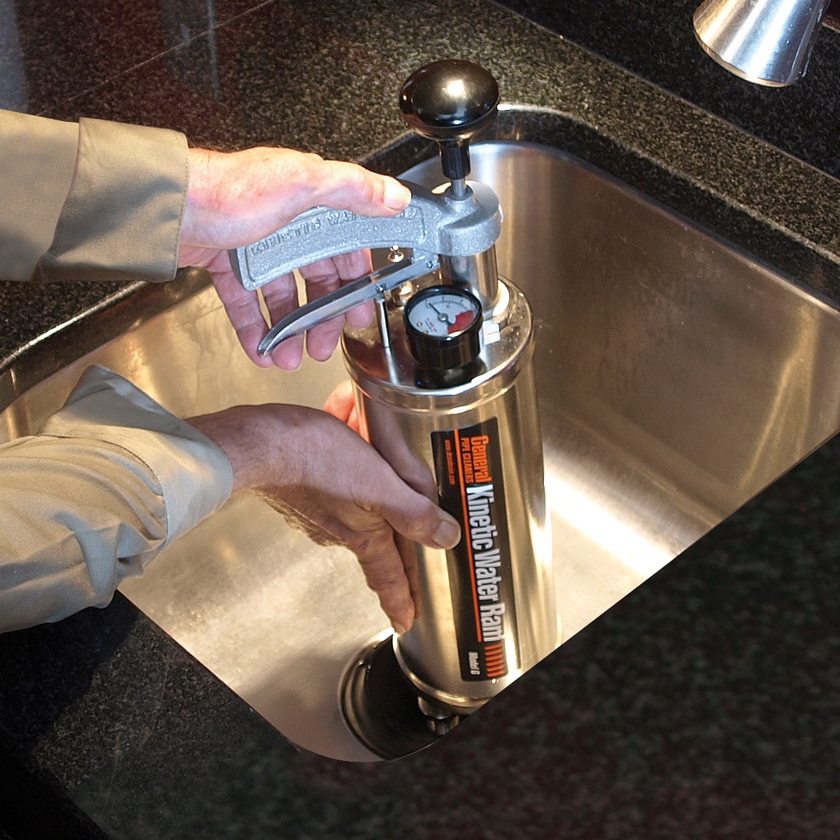Camera and pipe locating can be very intimidating. However, with the right equipment and a bit of practice, you will find that it can become much easier. Here are step-by-step basics to help you develop your locating technique.
1. Turn on the transmitter. OK, this seems pretty obvious but you’d be amazed at how many people get frustrated when locating when they’ve forgotten to turn on the transmitter. The transmitter, or sonde, is usually located in the flexible spring behind the camera head. Some systems activate the transmitter when the unit is powered up. Others require you to add a battery or turn on the transmitter before you start to locate.
2. Turn on the locator. Make sure the batteries are strong. Weak batteries will severely hinder the locator’s performance. For instance, if you get a good signal from the camera when it’s above ground, but little or no signal when it’s in the pipe, that’s a good indication that it’s time to put in fresh batteries. Some digital locators have an automatic shut-off feature to save battery life. If the locator sits unused for more than five minutes, it will shut itself off.
3. Select Camera/Sonde mode. Better locators can be used to find more than just inspection cameras. They can look for buried power lines before you dig. Or trace gas and utility lines with an external transmitter. We’ll talk more about that later. Be sure Camera/Sonde mode is selected before you proceed.
4. Select the Total Field Antenna. This feature is not on every locator. The Total Field Antenna give you icons on the screen, like arrows, that lead you right to your target. If you don’t have this feature on your locator, use Twin Peak mode. It’s accurate, but harder to use.
5. Select the proper frequency setting. Most camera transmitters operate at 512 Hz. Better locators can be switched to multiple frequencies to locate other objects. For instance, if you want to look for buried active power lines before you dig, you can switch the locator to look for the 60 Hz signal radiating from the power line. Or if you need to locate buried gas, phone or cable TV lines, you can switch the locator to receive 1KHz, 8KHz, 33Khz or 65 KHz and, using a separate transmitter of the same frequency, locate these lines using the tracer wire buried with them. You can also locate metal drain pipe with this system, but using the camera locator is much easier. You can locate cast iron pipe to depths of 10 feet, or to depths of 20 feet in plastic or clay pipe. Metal pipe blocks part of the signal radiating from the camera.
6. Push the camera into the line 10 to 15 feet. It’s tempting to start looking for the camera as soon as you’ve found the problem area in the pipe. It’s much easier to locate the camera in a 20 ft range. Pull the camera back to within 20 feet of the drain opening. Then start the locating process.
7. Stand near the drain opening and hold the locator at a 45 degree angle. Rotate in a circle, listening to the strength indicator tone. Note the direction of the strongest signal and walk in that direction. Hold the locator perpendicular to the ground.
8. If the indicator reaches 100%, press the DOWN arrow to reduce the gain, or sensitivity, until the indicator is about 50%. Repeat as you move close to your target.
9. Better locators have arrows on the locator display screen that will point you to the exact location of the camera. Line direction arrows indicate which way to rotate the locator so that you are in line with the lay of the pipe.
10. Now that you’ve found the stoppage, know how deep it is so you know if you need a backhoe or a shovel. Better locators automatically indicate depth when you are directly over the camera. Other digital locators require you to press a button. Non-digital (analog) locators require triangulation to find camera depth.
As with other technological advancements, the increased technology in today’s digital locators make the entire process of camera and pipe locating a lot easier and quicker, and provide more confidence to the users.
Still, when you first get your locator, don’t immediately run out and use it on a job. It’s a good idea to practice first on several different types of lines, indoors and out, in plastic and cast iron pipe. Soon you’ll wonder how you survived without your locator and why you ever thought locating was difficult!
Contact the Drain Brains® at General at 800-245-6200 or by email [email protected].





